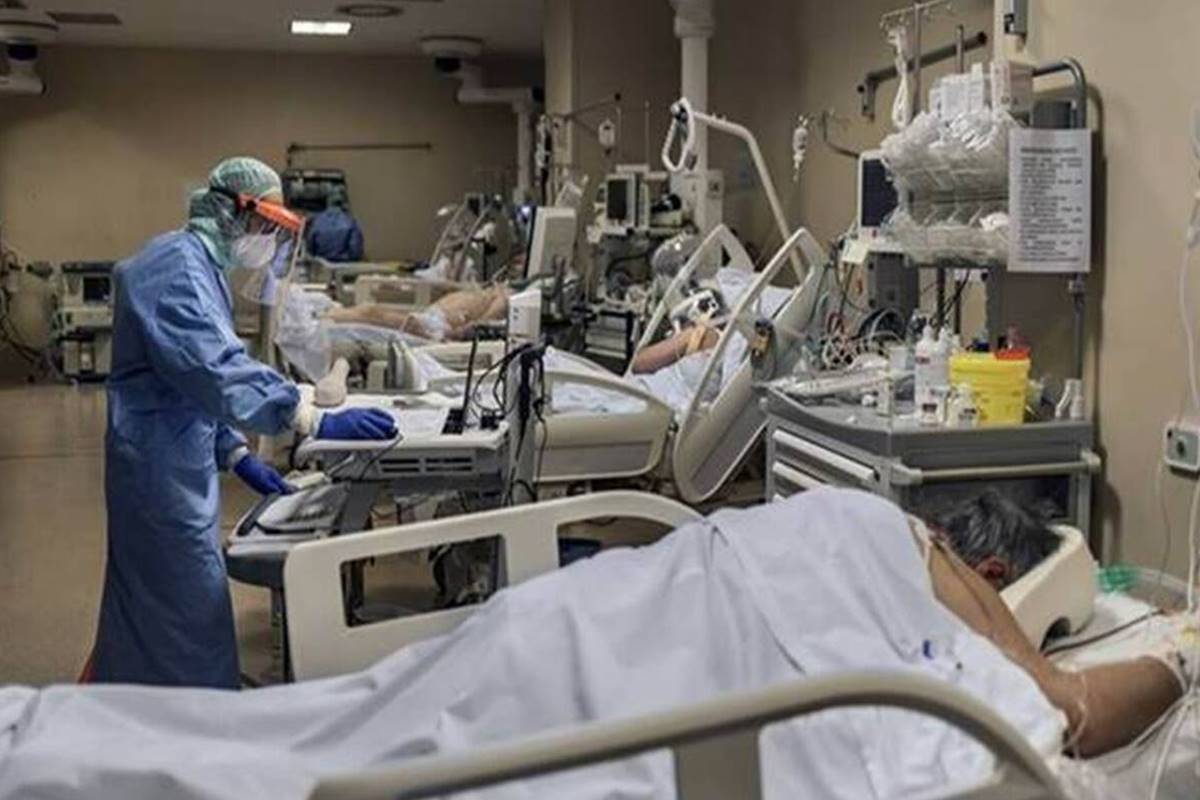Products You May Like

With the second surge in some of India’s largest cities—including Delhi, Mumbai, Pune, Ahmedabad and Bengaluru—forcing state governments to announce temporary lockdowns and mobility restrictions, fears of another migrant exodus have arisen. Earlier this week, visuals of an inter-state bus terminus in the national capital bursting at the seams with migrants waiting to catch a bus home seemed to confirm these fears.
While the second surge has largely been an urban phenomenon, migrants moving back to their villages in lakhs risks carrying the spread to the rural districts in some of India’s poorest states that simply don’t have the public healthcare infrastructure and human resources to handle this. As the latest Rural Health Survey shows, against the national norm of a sub-centre (SC) serving 5,000 people, a primary healthcentre (PHC) 30,000 people and a community health centre (CHC) serving 1,20,000 in ‘general’ areas (as opposed to ‘hilly or tribal areas’), rural SCs in the country serve 5,729, PHCs 35,730, and CHCs a whopping 1,71,779.
Related News
In Uttar Pradesh, rural CHCs serve nearly twice the catchment norm, at over 2,38,000 people. Rural SCs and PHCs in the state serve 1.6 times and 1.97 times the norm, respectively. Rural CHCs in West Bengal, similarly, serve populations 1.8 times larger than the national norm.
In Bihar, another state that sees large out-migration, rural CHCs serve catchments that are 15 times the norm! Rural healthcare centres also suffer from a personnel crunch—PHCs, against a sanctioned strength of 35,890 doctors, have just over 28,000 in position.
The CHCs in the country are missing 15,775 specialists (surgeons, OB-gyns, physicians and paediatricians). A similar shortage of ANMs, radiographers and other healthcare personnel also grips the villages.With the second surge in some of India’s largest cities—including Delhi, Mumbai, Pune, Ahmedabad and Bengaluru—forcing state governments to announce temporary lockdowns and mobility restrictions, fears of another migrant exodus have arisen. Earlier this week, visuals of an inter-state bus terminus in the national capital bursting at the seams with migrants waiting to catch a bus home seemed to confirm these fears. While the second surge has largely been an urban phenomenon, migrants moving back to their villages in lakhs risks carrying the spread to the rural districts in some of India’s poorest states that simply don’t have the public healthcare infrastructure and human resources to handle this.
As the latest Rural Health Survey shows, against the national norm of a sub-centre (SC) serving 5,000 people, a primary healthcentre (PHC) 30,000 people and a community health centre (CHC) serving 1,20,000 in ‘general’ areas (as opposed to ‘hilly or tribal areas’), rural SCs in the country serve 5,729, PHCs 35,730, and CHCs a whopping 1,71,779.
In Uttar Pradesh, rural CHCs serve nearly twice the catchment norm, at over 2,38,000 people. Rural SCs and PHCs in the state serve 1.6 times and 1.97 times the norm, respectively. Rural CHCs in West Bengal, similarly, serve populations 1.8 times larger than the national norm. In Bihar, another state that sees large out-migration, rural CHCs serve catchments that are 15 times the norm! Rural healthcare centres also suffer from a personnel crunch—PHCs, against a sanctioned strength of 35,890 doctors, have just over 28,000 in position. The CHCs in the country are missing 15,775 specialists (surgeons, OB-gyns, physicians and paediatricians). A similar shortage of ANMs, radiographers and other healthcare personnel also grips the villages.
Get live Stock Prices from BSE, NSE, US Market and latest NAV, portfolio of Mutual Funds, Check out latest IPO News, Best Performing IPOs, calculate your tax by Income Tax Calculator, know market’s Top Gainers, Top Losers & Best Equity Funds. Like us on Facebook and follow us on Twitter.
Financial Express is now on Telegram. Click here to join our channel and stay updated with the latest Biz news and updates.




